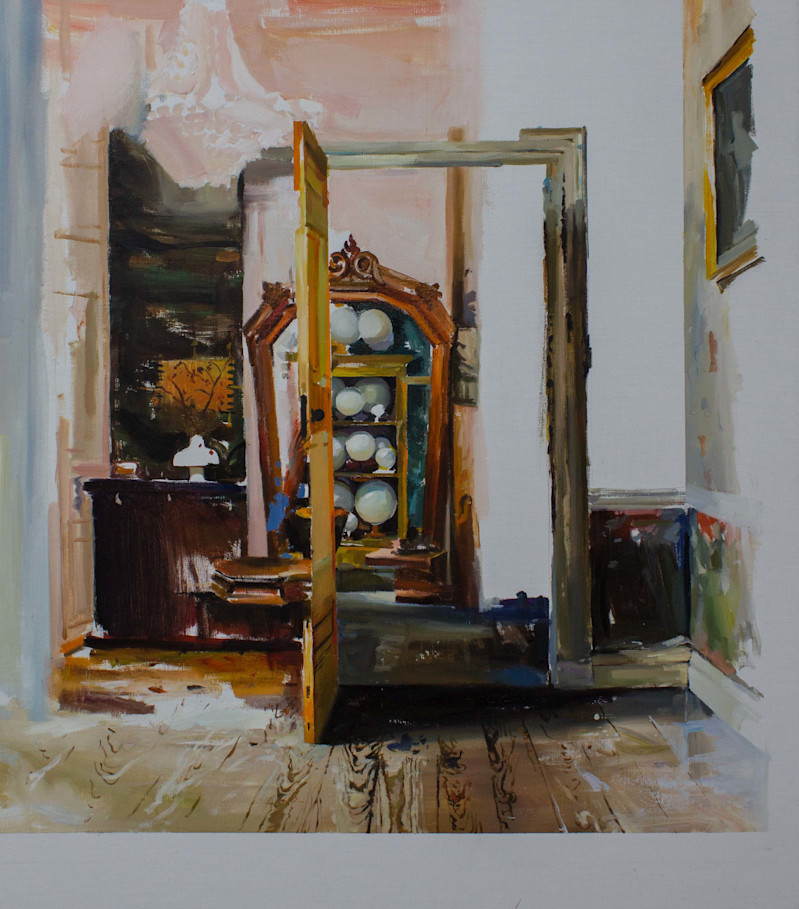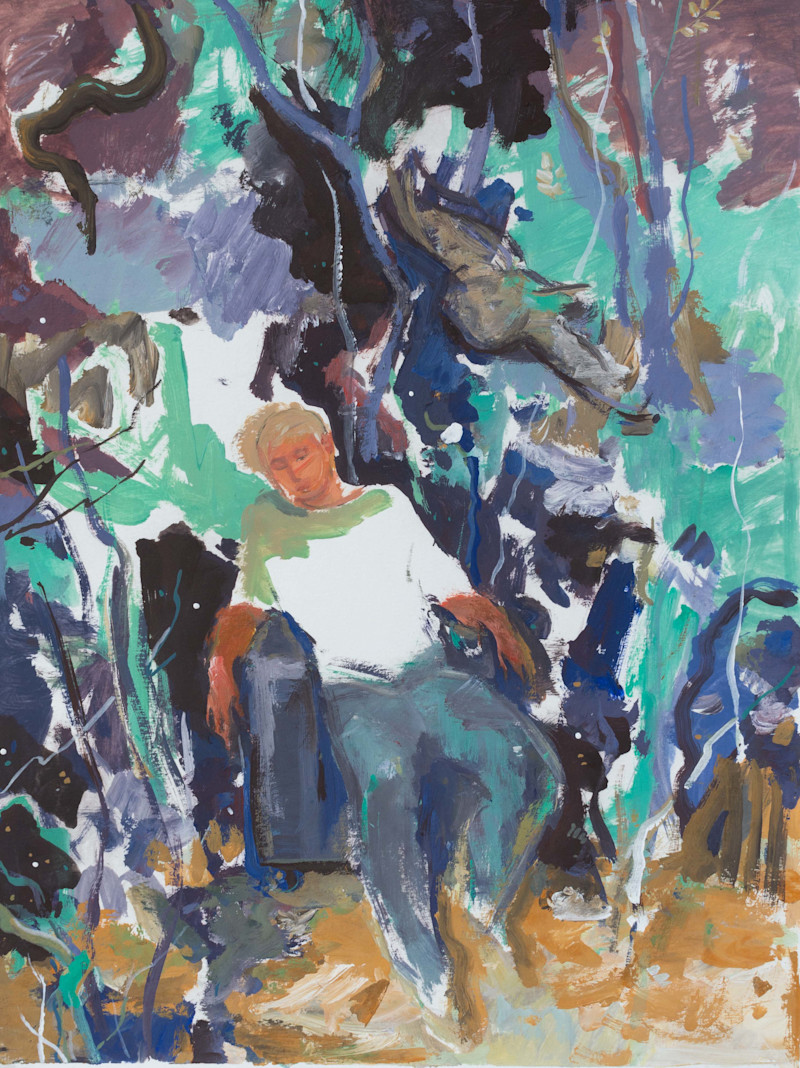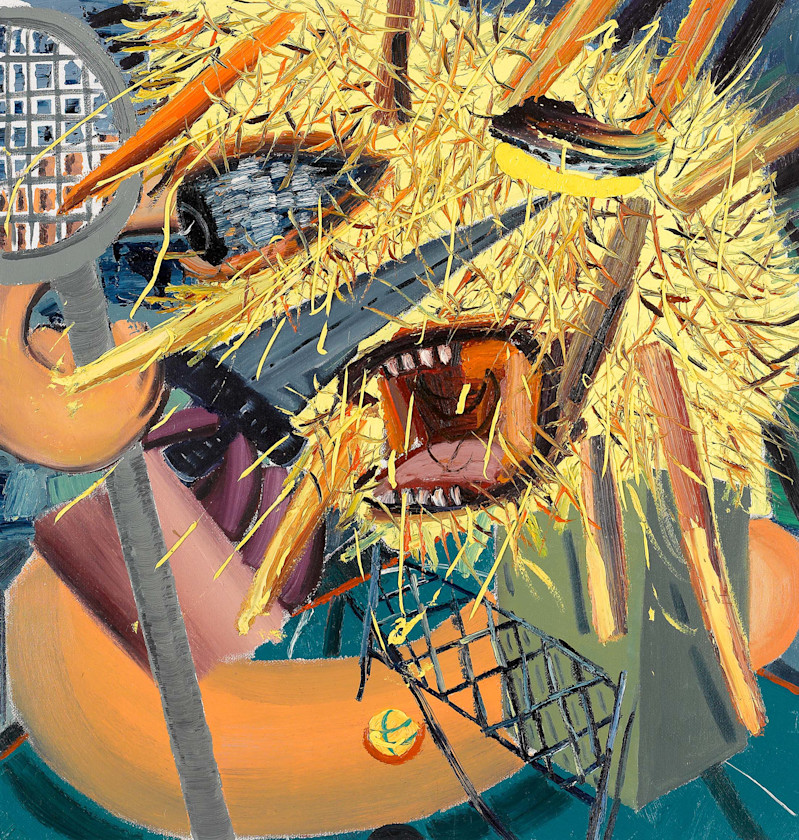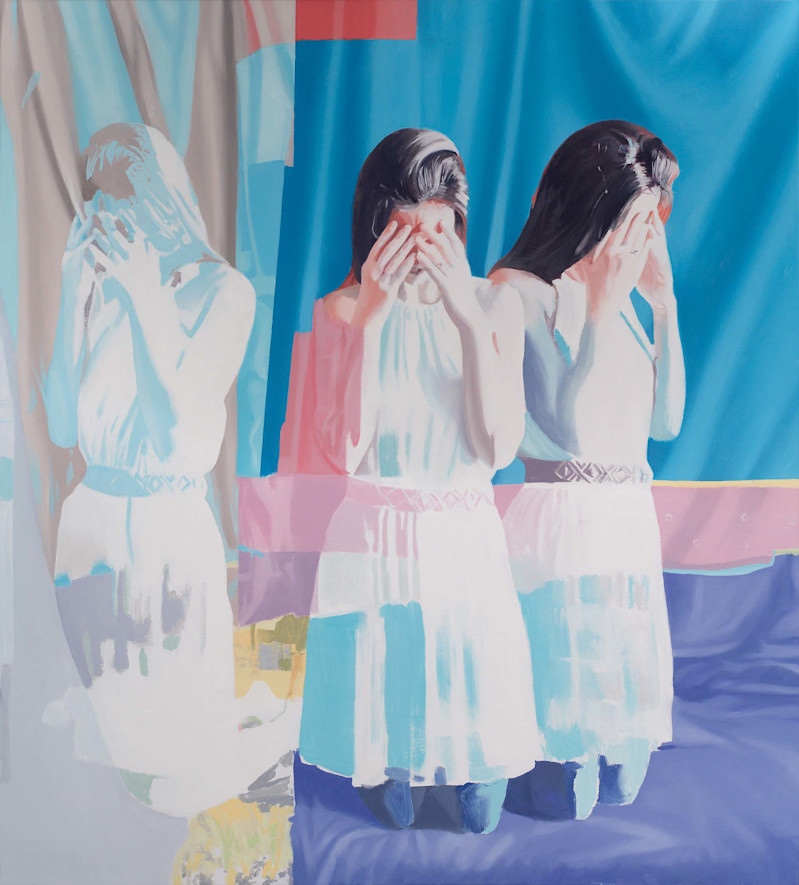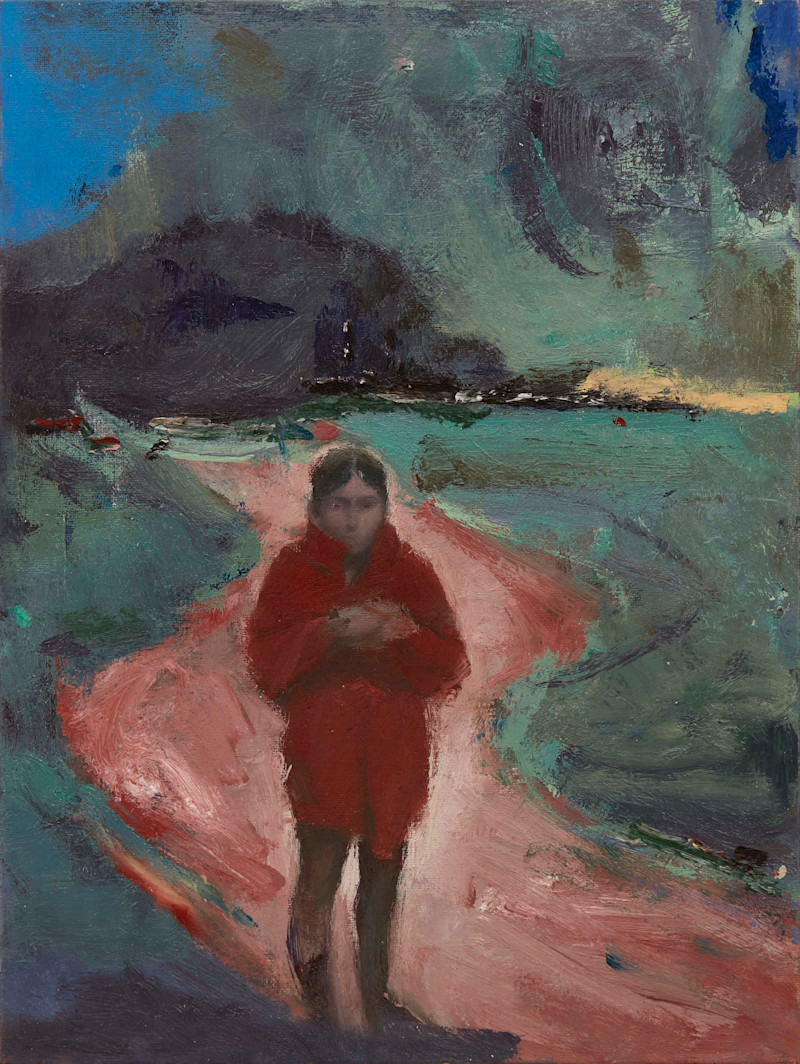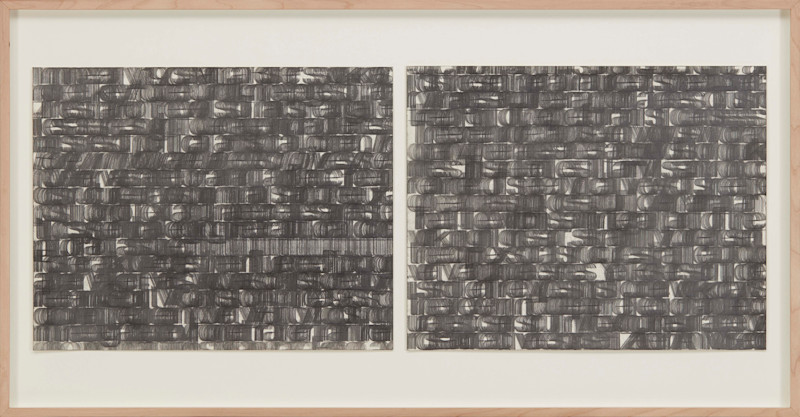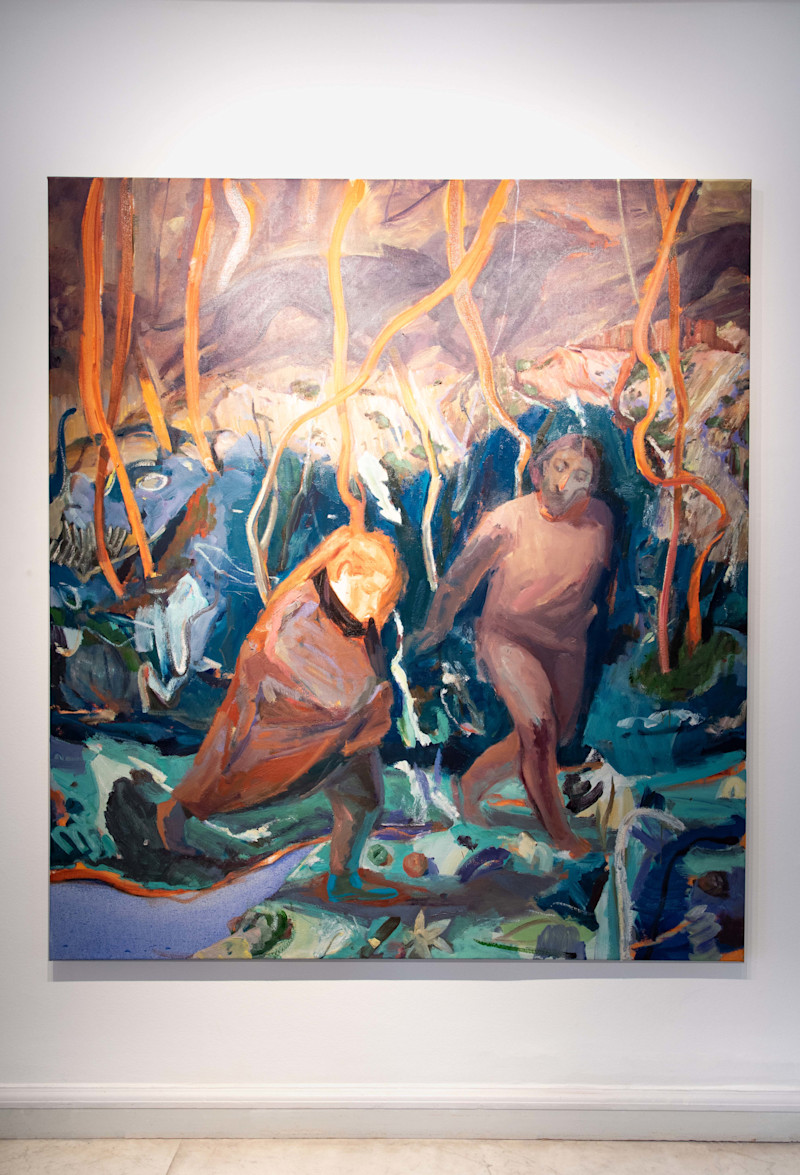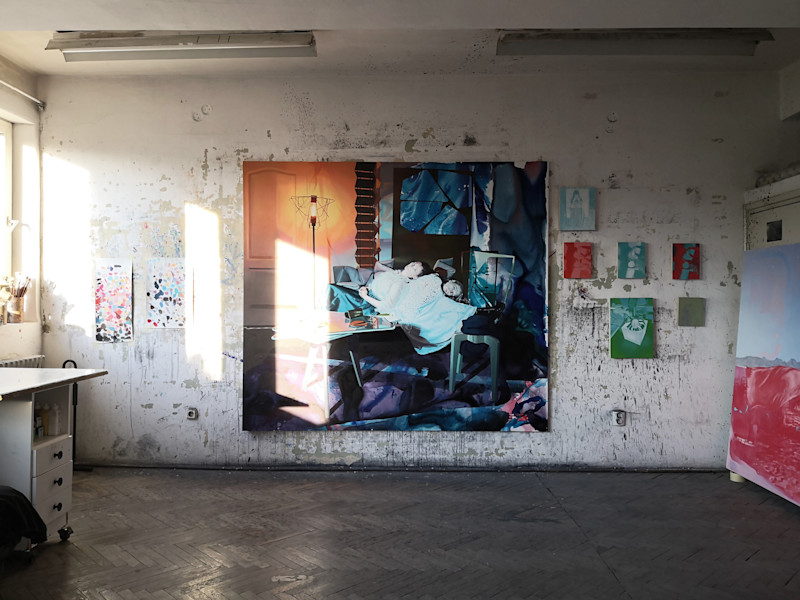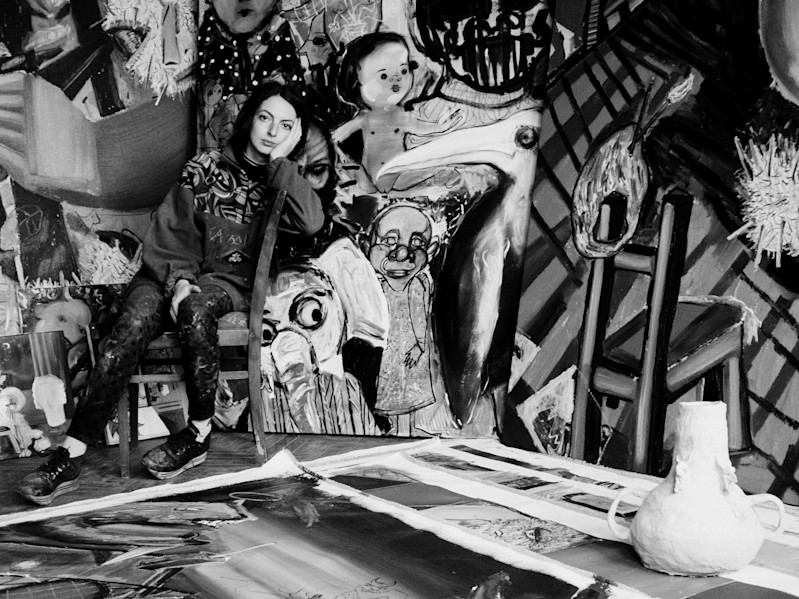About
The exhibition Mirror, Mirror? Contemporary Selfhood in Romanian Art brings together twelve contemporary Romanian artists, in an exploration of the complexities of selfhood and self-awareness. Developing from a context marked by turbulent and rapid socio-historical transformations, both national identity and the artists’ role had to be redefined within the logic of market economy and by democratic standards. Reflections on personal experiences of uncertainty, competitiveness and changing values, joined with universal questions about reality, falsehood and, most importantly, truth, form the core of this exhibition. An intricate narrative is set in motion and explores the tensions between individual and collective identity, through painting, drawing, sculpture, photography, and video.
A few of the participating artists were in their pre-adolescent years during the 1989 Romanian Revolution. Alex Mirutziu, Ciprian Mureşan and Mircea Suciu would recall these historical events, of which some were broadcasted on live television. Among others of their generation, they are considered to be part of the Cluj School, a much-disputed term, through which the rest of the world would have encountered vignettes illustrating the realities of the post-soviet society, after the fall of Communism. In parallel, Dan Beudean explored universally recognizable cultural and social imagery, capturing the changes provoked by such historical events in material culture.
George Crîngașu, Norbert Filep, Pavel Grosu, Hortensia Mi Kafchin, Tincuţa Marin, Mirela Moscu, Radu Oreian and Marcel Rusu were all born after 1984. As such, they represent the first generation to experience an open society, including interconnectivity online from early childhood. Their practices advance the issue of selfhood through their personal insights on today’s technologies that confer, reproduce, and maintain identity. Together, they sound out a maze of mirrors, where perceptions and reflections of images – of themselves and of ourselves – emerge in works marked by recent Romanian history.
The idea of the Mirror is present in the exhibition both as an instrument of self-knowledge and a compelling metaphor, which has survived since primitive men discovered their reflected double. This distant past is evoked through the myth of Narcissus, the Greek hunter who fell in love with his own reflection in still water. Trapped in fascination as he tried to vainly embrace his self-reflection, and asking it, as Ovid writes in his Metamorphoses: “Am I the lover or the beloved - the one who wants or the one who is wanted?”
Both religion and magic ritualised the use of mirrors as an associative link between the material and spiritual realms. The mirror image of oneself was considered to be the ancient daimon, that inscribed the self within the symbolic order of the world. Hence, to misrecognize one’s image was to mistake one’s role within society – a potentially fatal mistake.
Our modern understanding of one’s Identity is, however, intrinsically interwoven with the wider usage of silvered, plate-glass mirrors that appeared in the 17th century. The question of selfhood was not unfamiliar to earlier thinkers; however, it is only following this specific technical standard that the term ‘self’, as a noun, came into use. As such, through modern mirrors that repeat with minimal distortion the image of the viewer, the ego was promoted. It enabled the distinction between the self as an autonomous individual, separate from the natural world and the community. The mirror becomes a metaphor for the split between the mind and its two external worlds: that of the body and self, and that of the external environment. Thus, as an optical device, the mirror acquires potential for both truth and falsehood.
In 1936, the French psycho-analyst Jacques Lacan introduced his theory of the mirror stage, proposing a new understanding of the self during early childhood. He observed how a young child sees their reflection in the mirror and mistakes that perceived image for their actual self. While this image is surely an image of themselves, it is not truly them, but the child fails to make this distinction. Thus, the infant’s sense of self is the product of the imaginary, and the result of an illusion intrinsically connected to the reflections cast by the parents’ eyes.
Employing Lacan’s concept, the exhibition shows how the twelve artists mirror the invisible networks central to identification within mass societies, as a way to reclaim control over the process of self-construction. In this light, the artists’ practices become an intimate and fervorous search to liberate themselves from imaginary, symbolic or technological forces. Ultimately, the exhibition considers the possibility of acquiring multiple selves during a lifetime and to reclaim one’s identity within collectives, in a new era of instability and inclination to change.
Valuable insight into the symbolic and technological forces at play in (mis)recognizing one self’s image is offered through the work of Ciprian Mureșan, Mircea Suciu, Pavel Grosu, Norbert Filep, Marcel Rusu and George Crîngașu. Their aesthetic strategies are influenced by the circulation of images in popular visual culture.
In a 12 min video from 2008, we witness an experiment initiated by Ciprian Mureșan to mirror the conditions for artistic creation under the communist regime: fellow artist Adrian Ghenie is filmed while painting one of his first portraits of the late Romanian dictator, Nicolae Ceaușescu. The medium of video recording is ingeniously repurposed from documenting a fact of reality, to creating a symbolic operation on the reality recorded. Mureșan further explores iconic images in relation to mass identity in his recent artworks about the poet Mihai Eminescu, a Romanian national icon. Here, the discursive mechanisms of Romanian exceptionalism and national identity are playfully deconstructed in fragments. Reduced in size and reproduced without their monumental aura, they reflect in a somewhat distorted fashion the role of public monuments in self-conception.
Mircea Suciu takes a more reverential approach to iconic images and their power to manipulate or emancipate the human self. He is less concerned with their ideological contents and rather preoccupied with their faded aura, uncorrupted by the infinite cycle of decontextualization and resignification. In this sense, he developed a unique technique, which combines monotype and oil and acrylic painting, to restore the images he appropriates - from both low and high culture - into a new skin with an almost mystical feeling. For example, an uncanny mirror image is present in the work Santa Sangre, where the icon of Christianity is defaced and reduced to a surreal mannequin, adored by baroque silverware, which plays on the notion of blind belief. The reduction Mircea Suciu operates on the icon, however, attests to the seductive power of religious iconography and their role in identification.
The works of Marcel Rusu, Pavel Grosu, George Crîngașu and Norbert Filep confront us with issues of identification in relation to economic, social and technological forces. They reflect back onto us the values that define us, the personae we play and the avatars we construct to satisfy both internal and external expectations. Their insights into techniques of identity, derived from their personal experiences, are significant in understanding how information is constantly changing the way in which we perceive the human being.
Marcel Rusu reflects on the ways in which digital media and its aesthetics influence how we fashion our public identity and style the self, in the enduring appeal of the new you and our fascination with deception. By employing painting and digital photography, Rusu develops a chromatic code that mirrors the feel of a screen, resulting in a phantasmal feeling of fabricated memories.
Pavel Grosu explores the subject of eternal youth, which he graphically portrays as an unattainable ideal. His human figures, painted in lush tones of pink, evoke an erotic, yet delicate carnation, as the white of the canvas pierces through them. His characters, seemingly searching for moments of intimacy with their gaze, appear eager to escape the unbearable lightness of existence.
George Crîngașu’s digital collages create a mirror universe of digital realities. They cast reflections on how our data - the sum of all our own actions and attitudes that can be logged by digital agents - congeals in server farms to form doubles of our desires. These whisper back at us, through targeted advertising and ranking algorithms: Is this who You are? Is this what You like?
Norbert Filep’s conceptual practice employs drawing as a central mechanism to tackling data in digital economies, both regarding its structure and its extraction. The present works - from a series of reproductions based on art texts from the documenta 12 (2007) catalogue - play on this logic. His process involves a mechanical repetition of letters from each word of the chosen text, through which he breaks down language to its abstract representation. Similar to the idea of reduction to an absurdity in rhetoric, this repetition of letters occurs until the data fits the real size of the artwork described by its corresponding text. Through this minutiose and carefully constructed exercise, Filep literally quantifies the value of the artworks.
A bewildering exploration of artists’ inner constructs and mental images is to be enjoyed in the works of Hortensia Mi Kafchin, Tincuţa Marin and Mirela Moscu, as we discover their imaginary other, or the ideal ego, in Lacan’s terminology.
Mi Kafchin’s creative process is as a way of accessing a universal stream of consciousness, where images that are beyond visual perception manifest. Her self-mythologies open an exuberantly colourful universe of mythological beings, but also of technical creatures that refer to autopoiesis, or self-creation within the artificial environment. Her most recent works presented here, such as Shamans of the Internet, mirror a new type of being coming into existence, as the human species fuses with its technological prosthetics.
Tincuţa Marin, on the other side, conceives her self-mythology as an intricate spatial and temporal narrative with seductive tactile qualities. The scenography of her inner conflicting emotions and beliefs, internalised voices and repressed drives is expressed through a surprising cast of characters. In these imaginary spaces marked by signs of self-elevation, reconciliation or ritualistic sacrifice, the masks of her characters, such as Bigfoot or Dino, allow her alter-egos to surface into their full expressive powers.
Mirela Moscu creates aesthetic symmetry between inner experience and object representation. Her method stands out through temper and intent. This unique visual language is riddled with subtle details of sensory and episodic memories, which she assiduously searches to trace back. The final compositions capture inner events that escape the rational mind and its linearity, celebrating human experience, both at the individual level and as an expression of her cultural identity.
The works of Alex Mirutziu, Dan Beudean and Radu Oreian place themselves somewhere in the betweenness of semantic worlds, as their practices reflect on a space where the self is not normalized or structured by language. They confront us with the turbulent movements from within one’s body and psyche, in relation to one’s drives and gratification, outside the image of self. At once visceral and formalist, their works are not reduced to language. They live in a world of symbols that deter absolute meaning, allowing the viewer to articulate their subjective patterns of perception when facing their work.
Alex Mirutziu’s charcoal drawings have a performative quality, where he enacts a set of semantic relations between the elements depicted. The photographic work in the exhibition, the diptych How to draw with the fact of mind, conceives a discursive strategy intended to widen the gap between being and meaning.
The same focus on the process of creation is found in Radu Oreian’s work, who develops intricate imageries at the border between abstraction and figuration, the corporeal and the spiritual, the grotesque and the beautiful, as a method of engaging with the material of painting. Therefore, the pictorial language is stripped to its molecular structure, while his repetitive technique opens a meditative space of visual enjoyment and discovery.
Dan Beudean, on the other hand, is concerned with the way disembodied images possess us and distort our perception of reality, by searching the meme-like units of visual information. His surreal compositions of icons, signs and symbols become mesmerising mind traps for the viewer, who must piece their meaning together. In the meantime, for Beudean, it is a pretext to immerse himself into the medium of drawing, as he displays his exceptional technical prowess.
Through this diverse group of artists, Mirror, Mirror? Contemporary Selfhood in Romanian Art presents artistic creation and self-formation as two facets of the same process of developing an acute sense of self-awareness. Fuelled by a distrust in mediated notions of the self, the works reveal artists’ commitment to construct patterns, strategies, and tactics to rethink cultural concepts of identity. Departing from the case of the Cluj School’s success story, which captured the attention of the world at the Prague Biennale in 2007, the show reveals the rich cultural literacy that artists developed in the engagement with their collective portrait. Through awareness about techniques of identity and self identification on a global scale, they gain a renewed sense of freedom over themselves.
The exhibition is co-curated by Irina Gerdman & Carmen Casiuc













